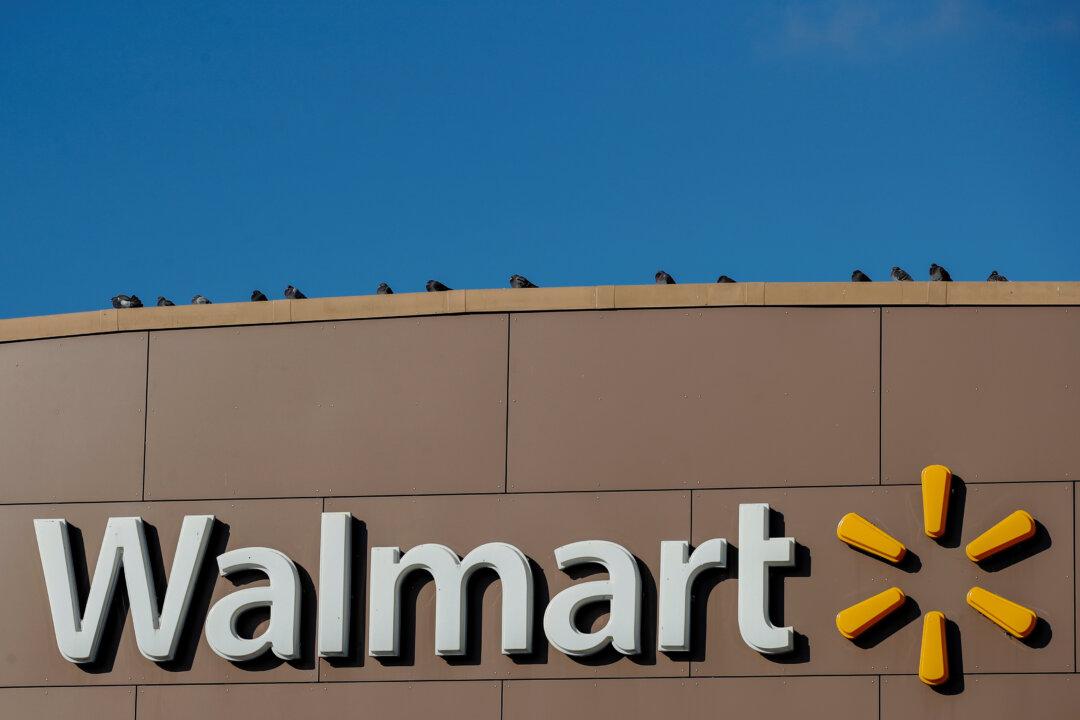The U.S. Department of Agriculture (USDA) predicts food prices for the year will hit 9.6 percent, according to the department’s Food Price Outlook report published in late March.
Overall, food prices are expected to grow more slowly in 2023 than they did in 2022, but remain above historical average rates, according to the report.




